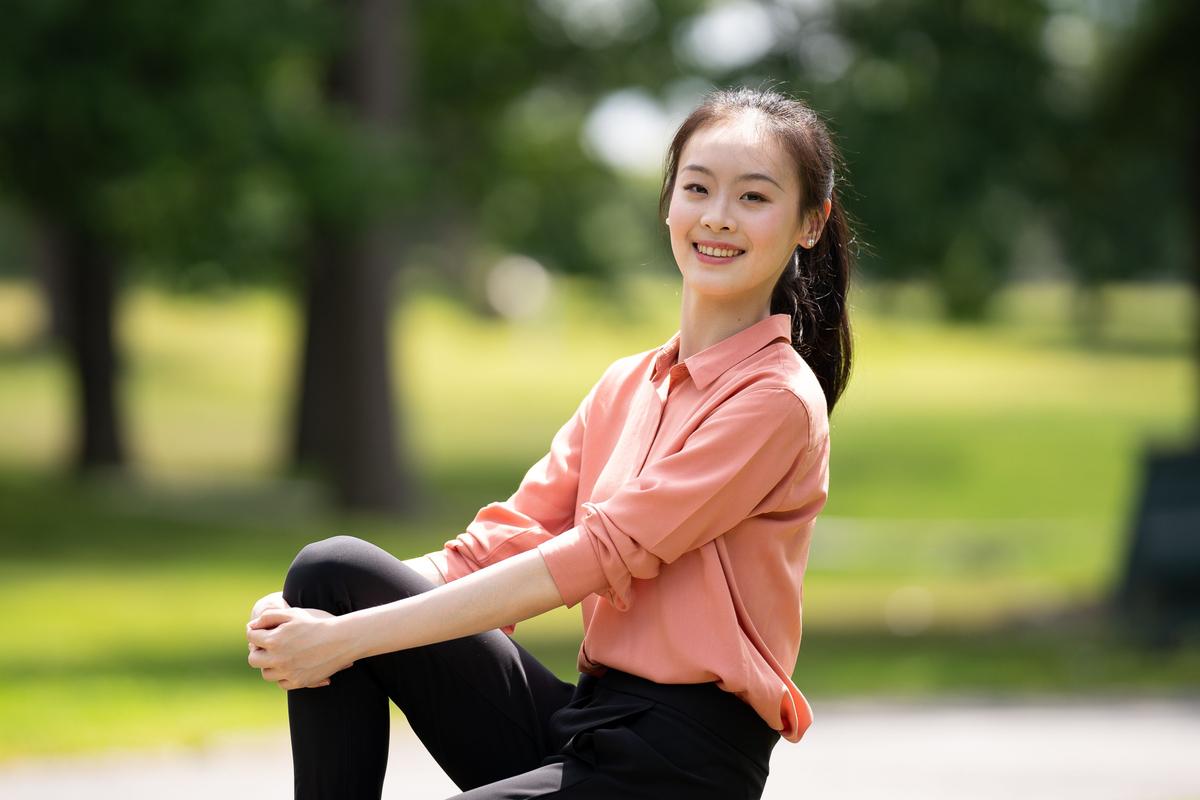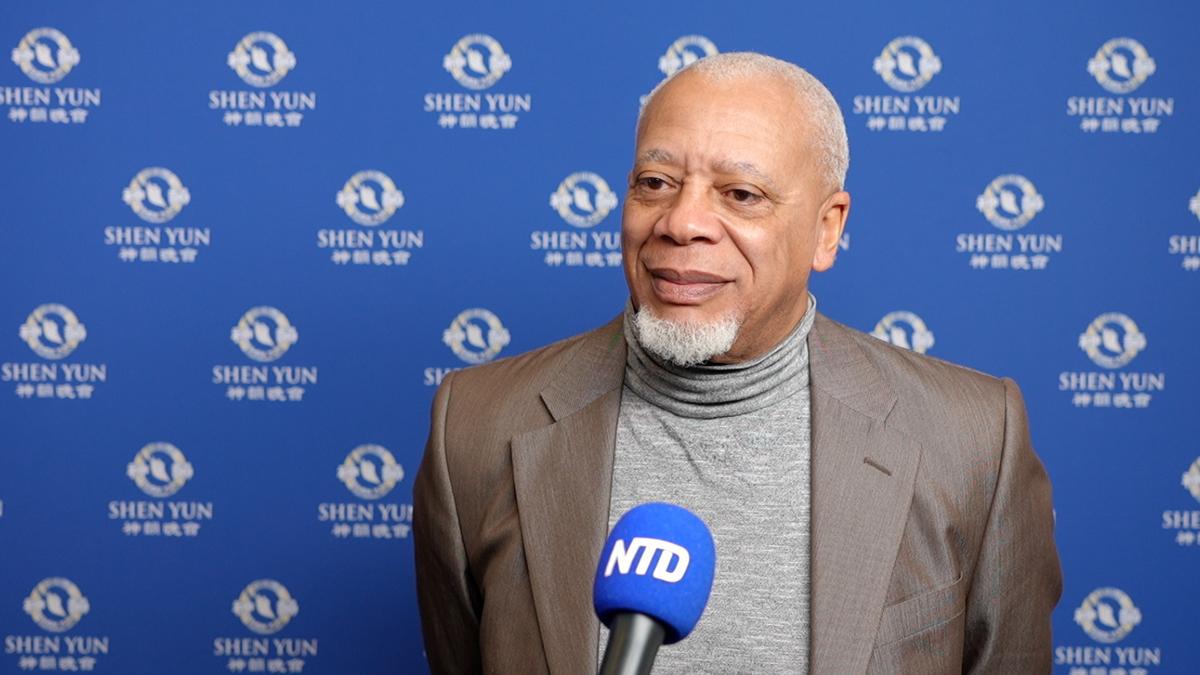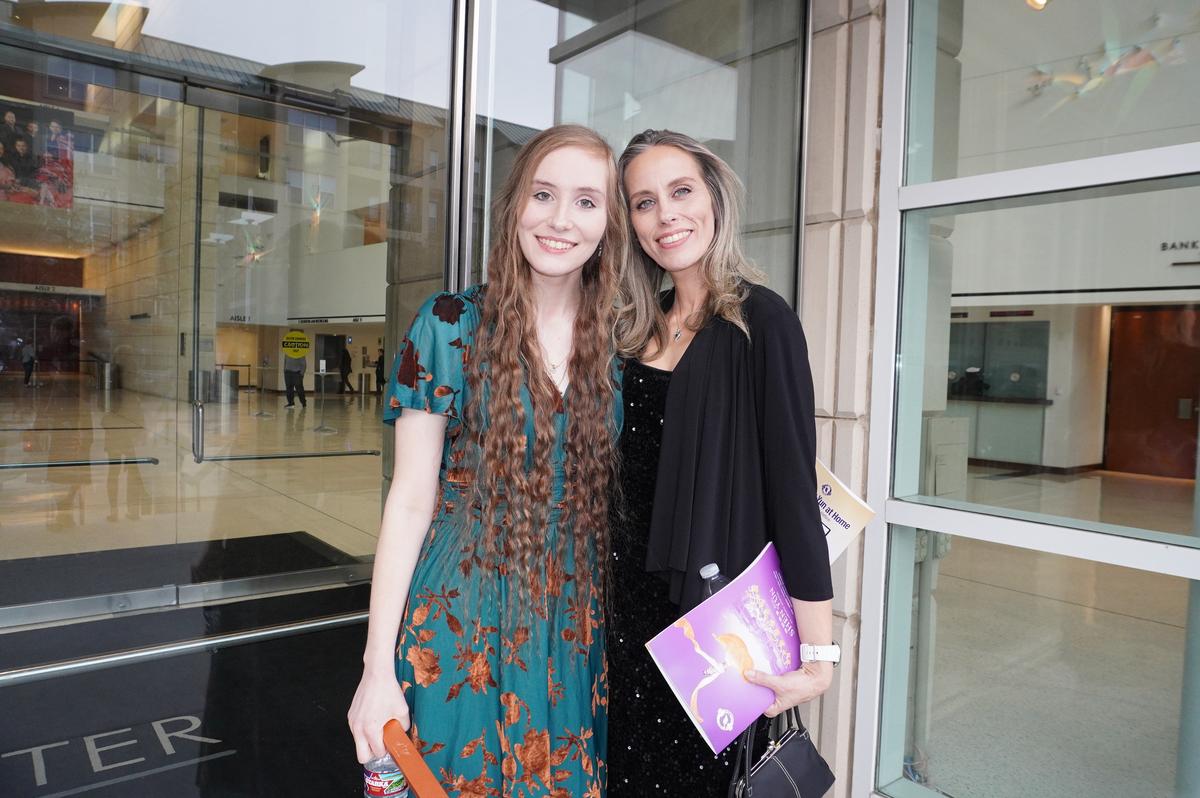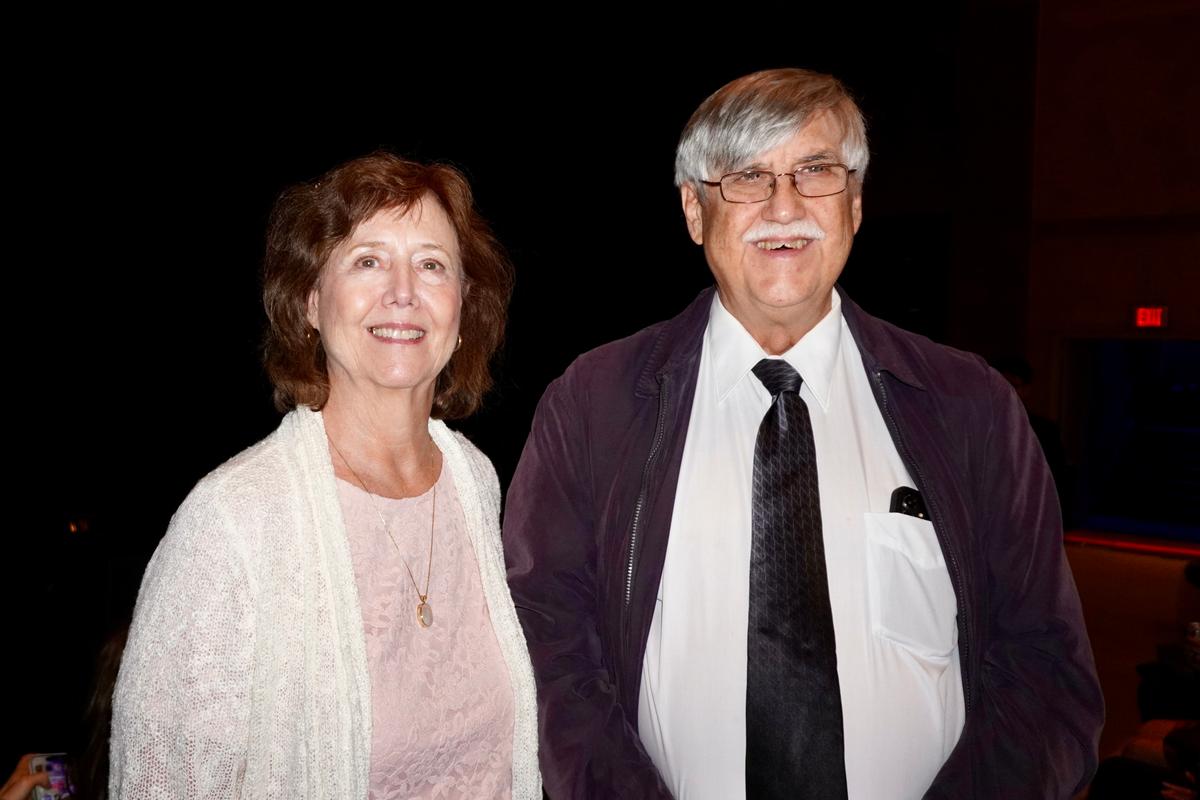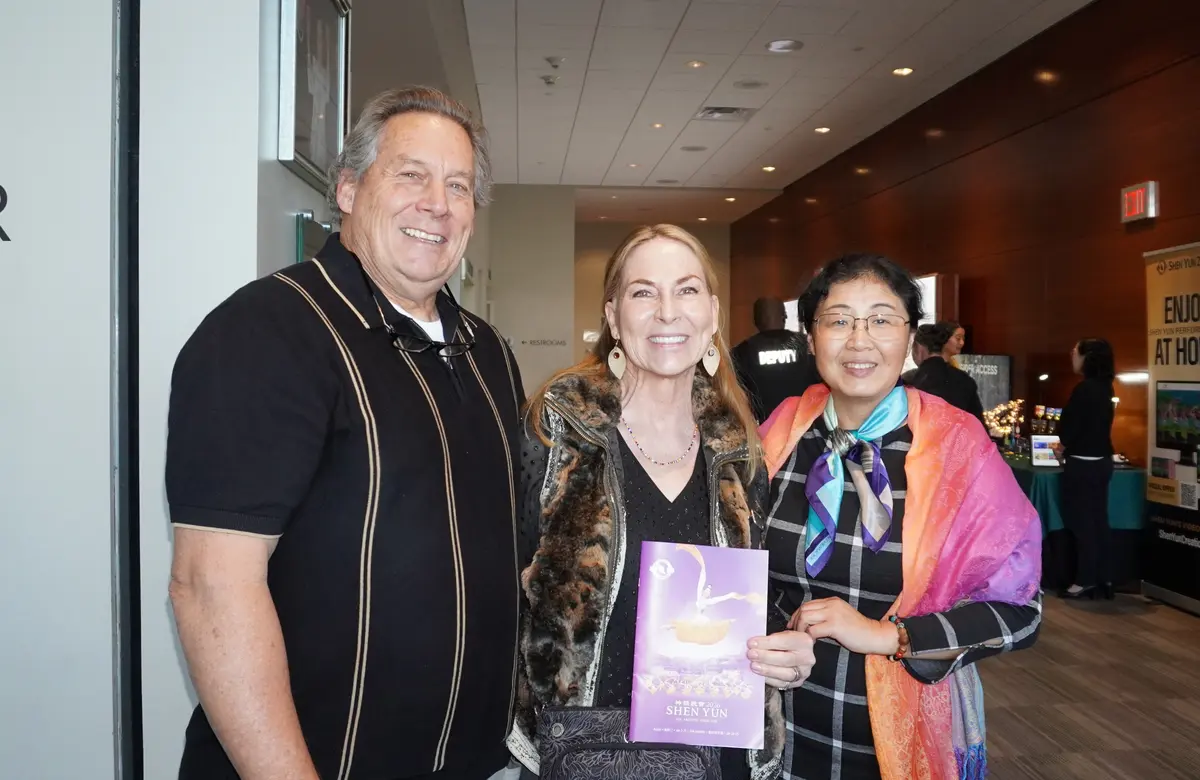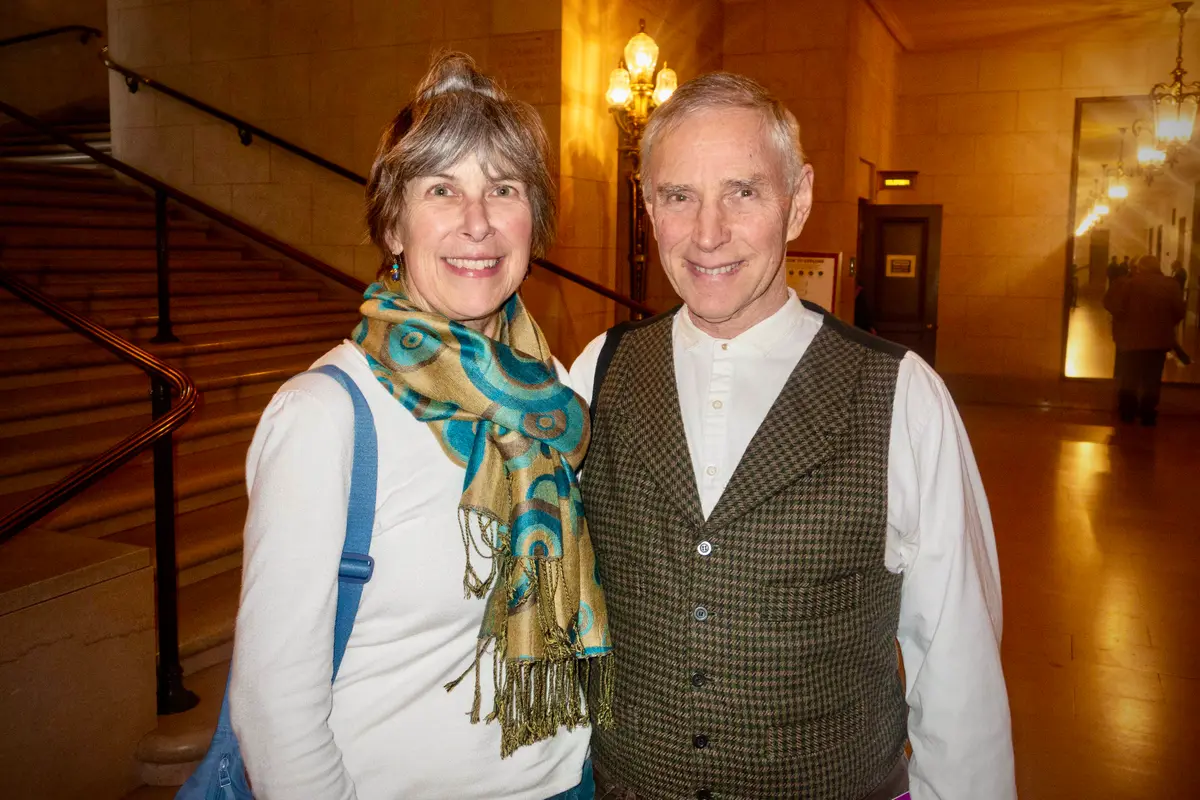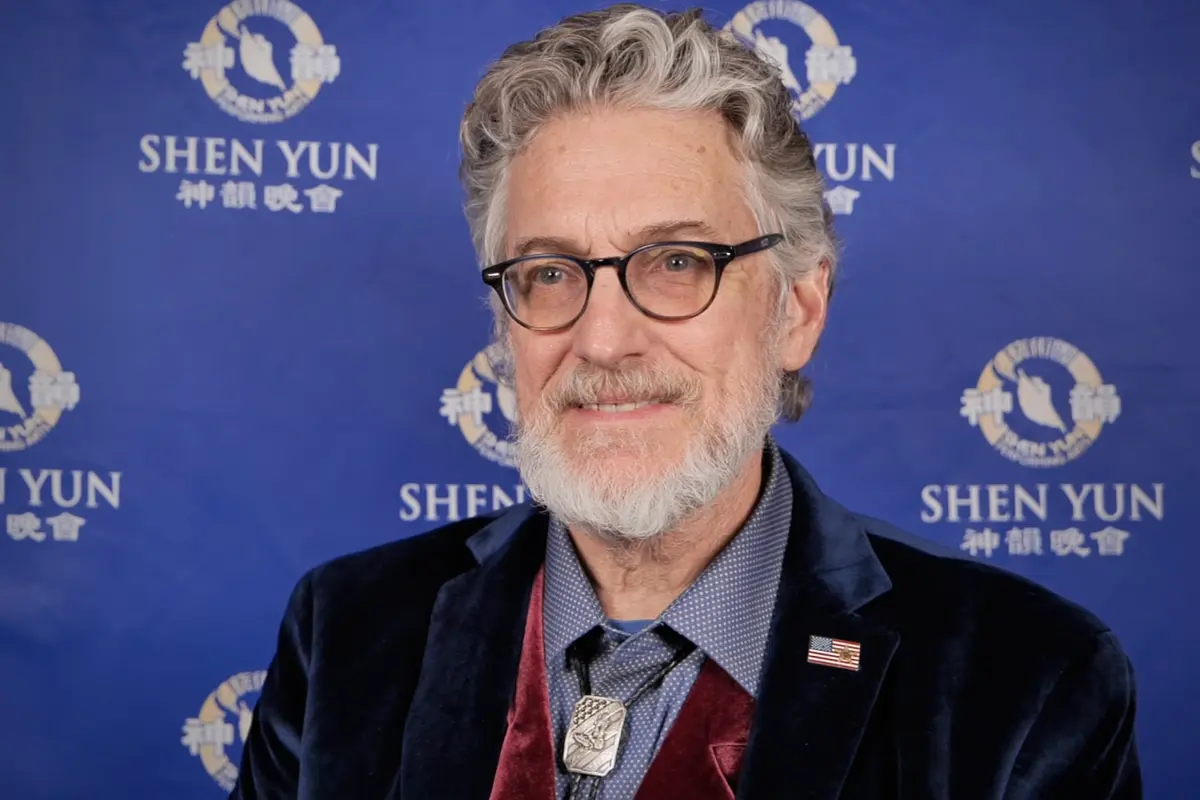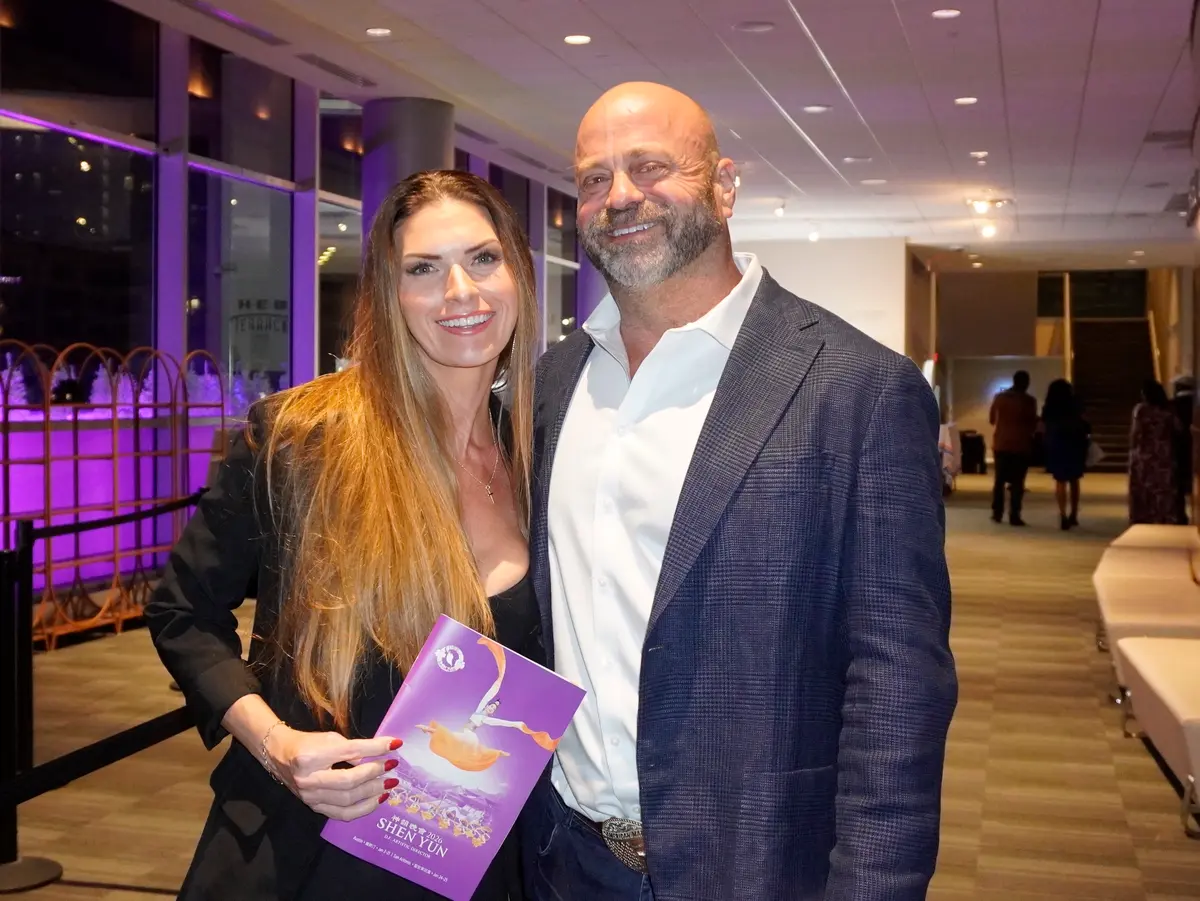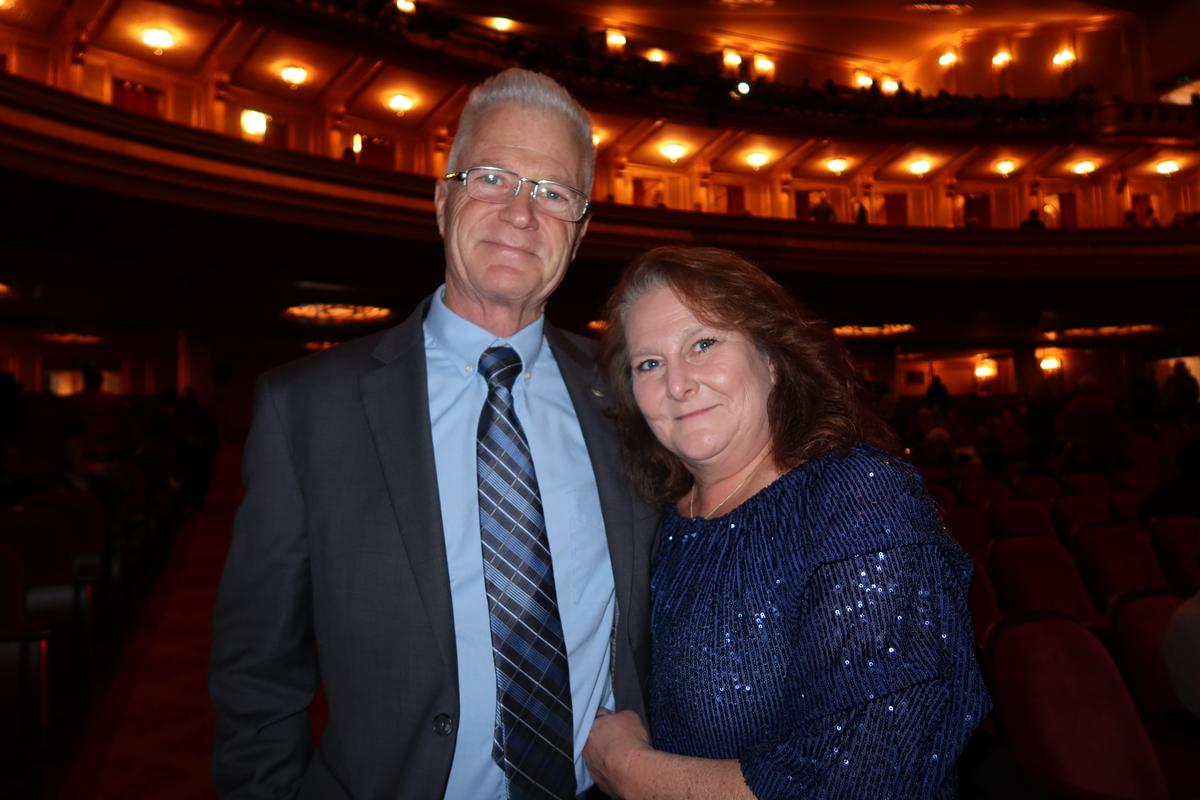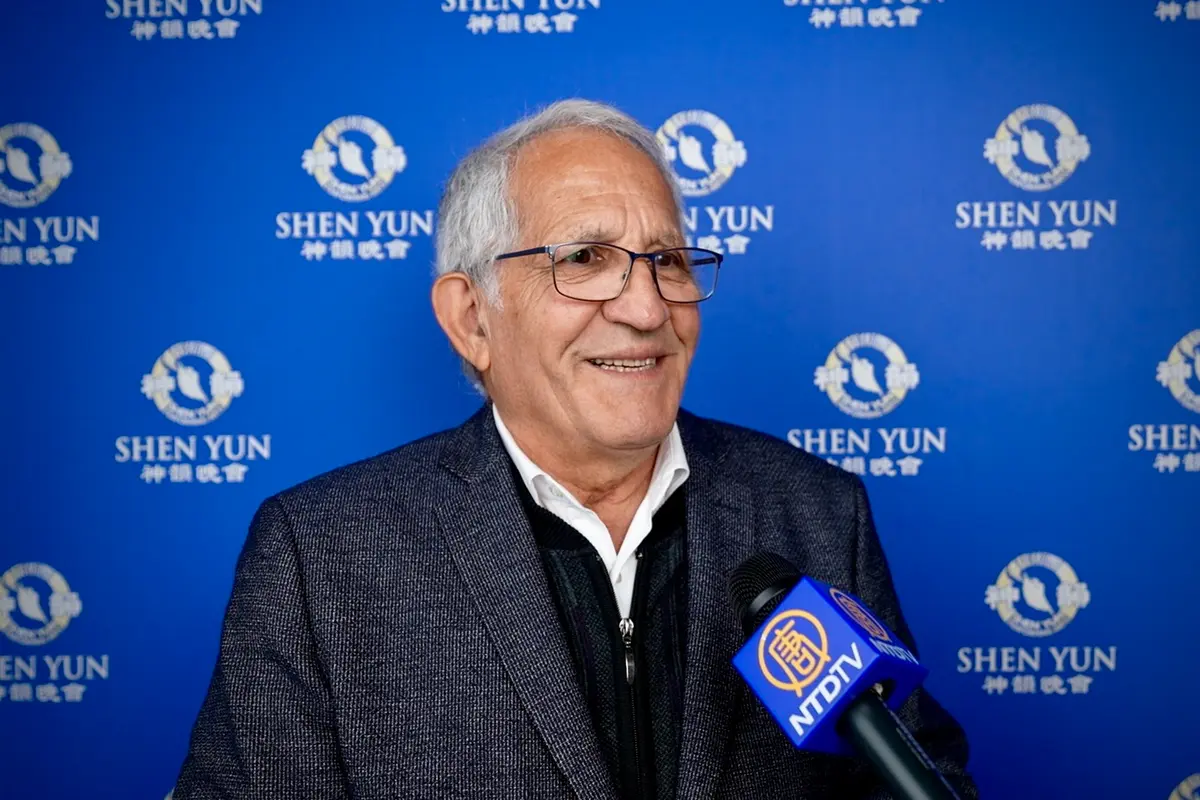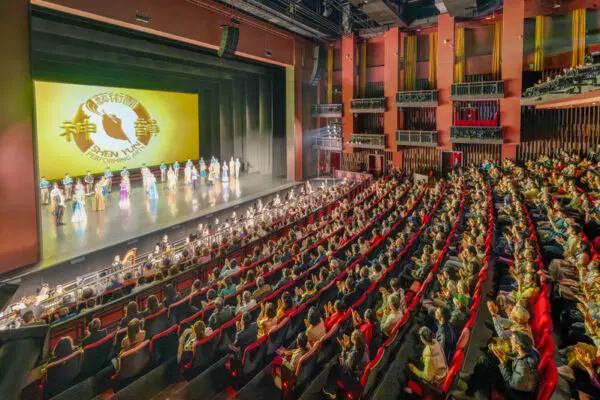Growing up, Sunni Zhou often watched dance performances with her parents, who took her to see ballet, hip hop, and other dance styles.
Based in New York, the company’s mission is to revive the 5,000 years of Chinese civilization through dance and music. Classical Chinese dance in particular has a rich history, going back to the imperial courts and ancient plays of China.
“I felt that their dance was really different [from other types of dance]. I was moved by them, and wanted to better understand what classical Chinese dance was,” Zhou said in a recent interview.
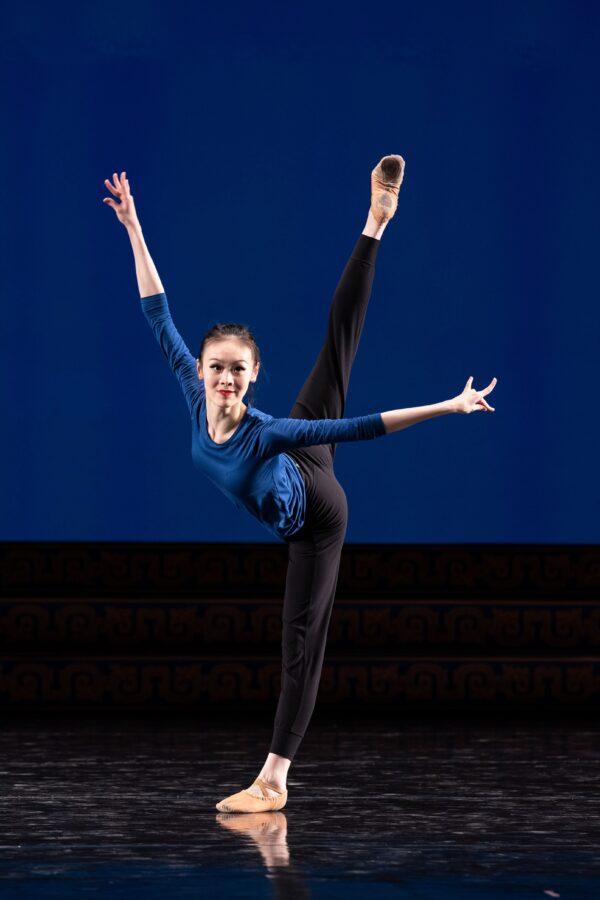
Zhou said the challenge lies in expressing a character’s inner sentiments.
“At first, I thought that as long as the technique is done well, that’s good. But it’s not enough,” she said. “You have to embody the character you’re portraying. You have to imagine that you’re her.”
“You have to really use your heart to find it. It’s not something that you can do with force. It’s not something you can do with a certain amount of time ... you have to constantly think about it,” she said.
Zhou explained that before learning classical Chinese dance, she considered herself a selfish person, and she would boss around her younger brother. But after taking up her craft, she realized that dance is not about putting yourself first, but cooperating with fellow dancers to portray something beautiful on stage.
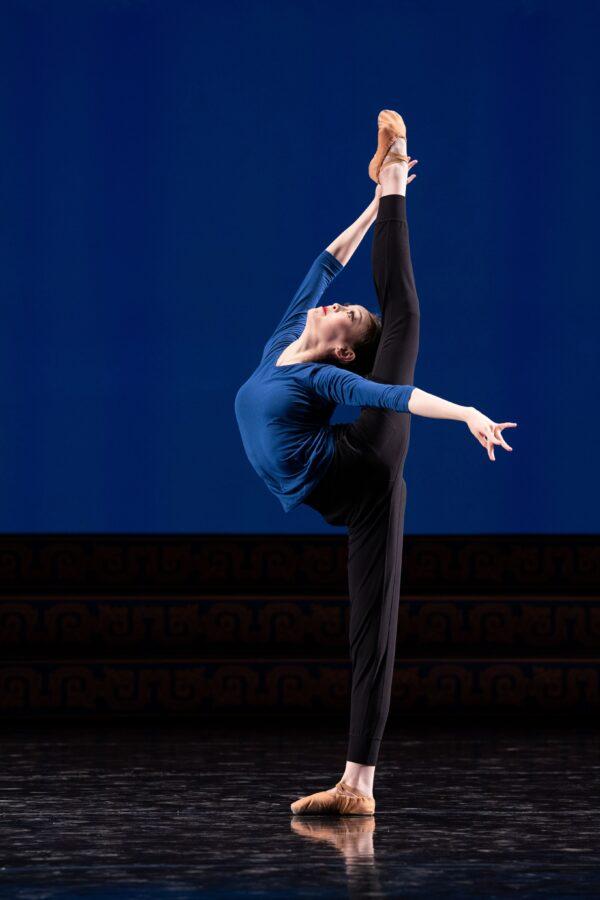
“After the whole show is done, you told the audience everything you want to say, you showed them what you want to show, all the beauty behind the dance, and then you see their smiling faces. And sometimes there are tears, and you really feel like what you did was very meaningful and very powerful,” she said.
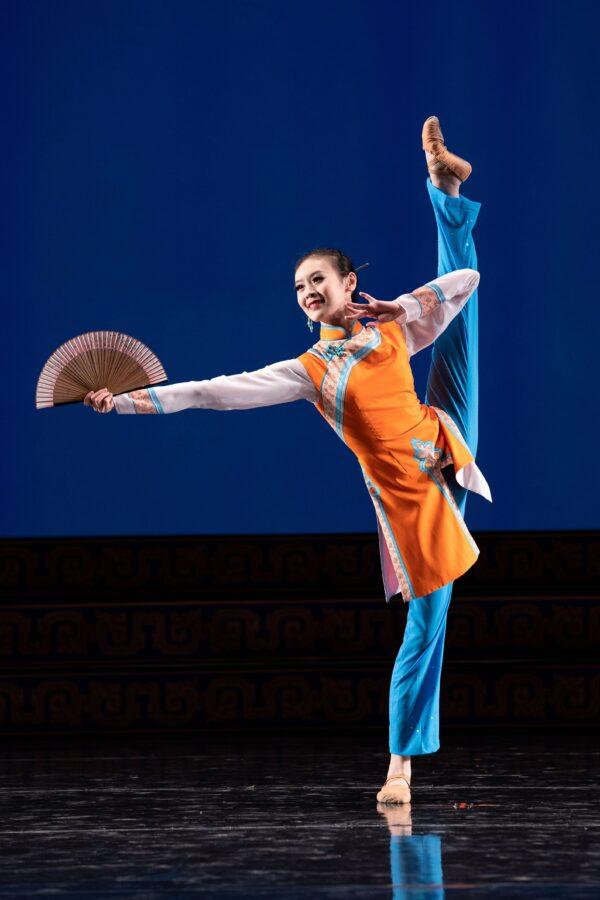
About the Competition
The classical Chinese dance competition is one in a series of international cultural and arts events aimed at promoting traditional culture. In China, this culture has been all but destroyed by the Chinese Communist Party over the past several decades. The events are hosted by NTD.Classical Chinese dance is an expressive dance form rooted in 5,000 years of traditional Chinese culture. Organizers say the competition aims to foster cultural exchange and promote the authentic traditional art of classical Chinese dance. The judging criteria will focus on bearing, form, and techniques that are characteristic of classical Chinese dance.

